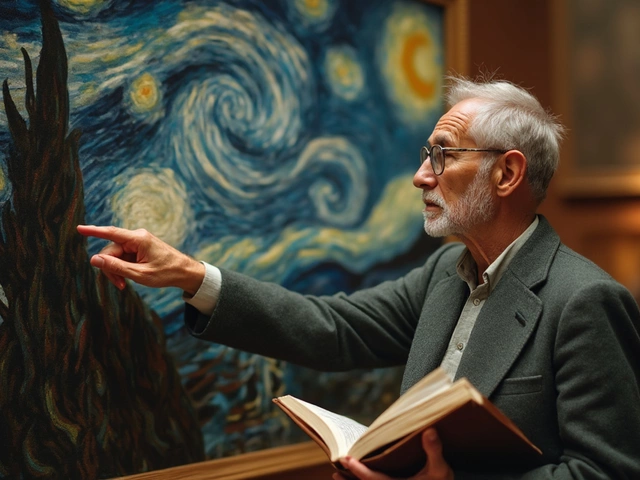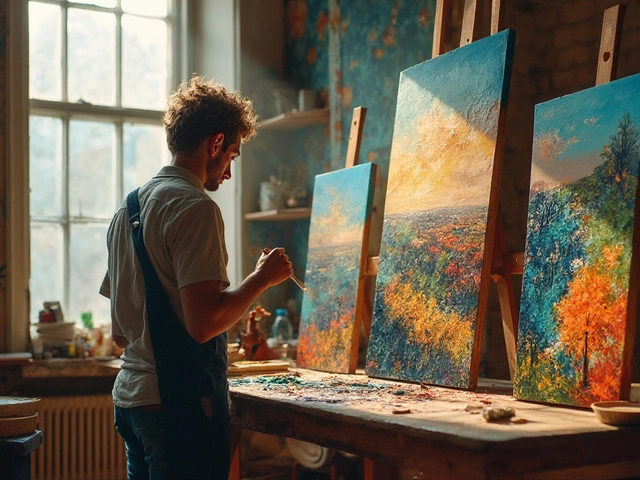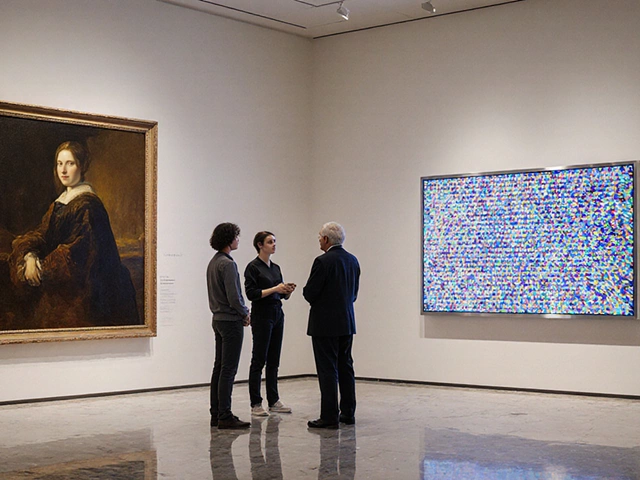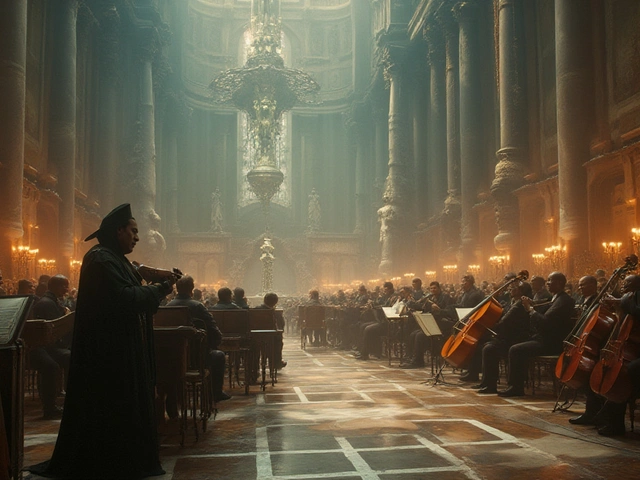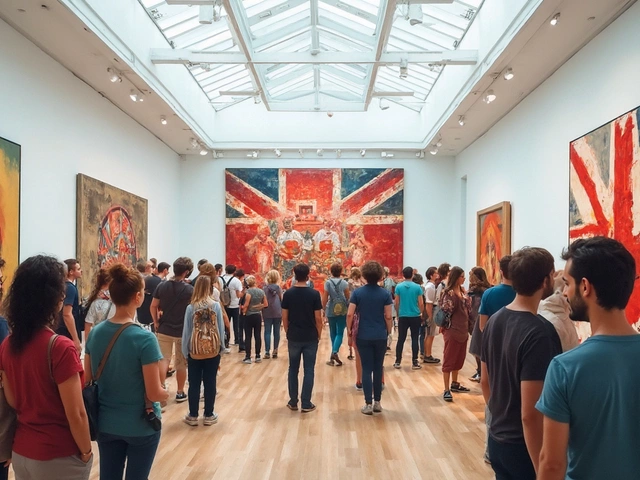sculpture history
When you look at sculpture history, the chronological story of three‑dimensional art that spans from prehistoric stone tools to contemporary digital installations. Also known as the evolution of sculpting, it covers the rise of materials, methods, and cultural meanings over millennia. Understanding this timeline helps you see why certain techniques endure and why some artists become timeless references. For instance, sculpture techniques, the core methods like carving, modeling, casting, and assembling form the practical backbone of the discipline. Each technique carries its own history: carving dates back to the Paleolithic era, modeling emerged with clay in ancient Mesopotamia, casting took off in the Bronze Age, and assembling exploded with modernist experiments. The choice of technique often depends on the sculpture materials, stone, metal, wood, plaster, or newer media like polymer resin and 3‑D printed composites. Materials dictate durability, scale, and the cultural symbolism attached to the work—think of marble’s classical purity versus steel’s industrial edge. This blend of methods and media creates a rich tapestry that artists have woven for centuries, setting the stage for the stories, debates, and breakthroughs you’ll encounter further down the page.
Key figures and turning points
To grasp famous sculptors, the individuals whose names define entire eras of sculptural practice, you need to follow a handful of pivotal moments. Michelangelo’s David showcased the power of marble carving in the Renaissance, while Auguste Rodin’s Thinker pushed realism and emotional depth in the 19th century. Fast‑forward to the 20th century, and artists like Henry Moore turned organic forms into abstract statements, reshaping public space with monumental bronze pieces. Contemporary creators such as Anish Kapoor blend classic casting with cutting‑edge materials, proving that innovation never stops. These artists didn’t work in isolation; they responded to broader art history, the larger narrative of visual culture that informs and is informed by sculpture. Movements like Modernism demanded new aesthetics, prompting sculptors to abandon figurative tradition for abstraction, while Post‑modernism re‑introduced narrative and mixed media. Each wave required artists to master specific techniques and adapt to new materials, reinforcing the idea that sculpture history is a dialogue between skill, substance, and societal shifts.
Now that you’ve gotten a solid overview of how sculpture has evolved, you’ll see why the articles below feel so connected. Some dive deep into how to start carving stone, others explore the financial side of selling bronze editions, while a few unpack the cultural impact of public installations in Wales. Whether you’re a beginner curious about basic tools, a collector tracking the market value of contemporary pieces, or an art lover planning a visit to Pembrokeshire’s outdoor galleries, this collection offers practical insights and historical context. Scroll down to discover step‑by‑step guides, artist spotlights, and trend analyses that build on the foundation laid out here, giving you a richer appreciation of the ever‑changing world of sculpture.
Discover famous artists celebrated for their sculptures, from ancient icons to contemporary creators. Explore their unique styles, techniques, and the impact of their artworks worldwide.
